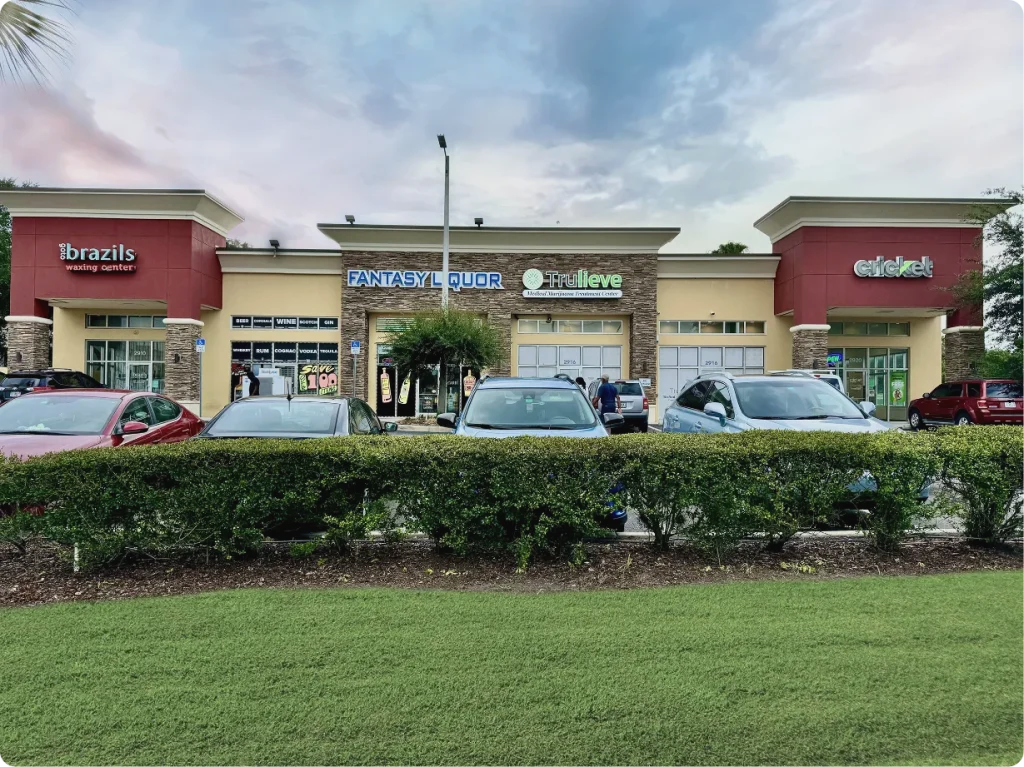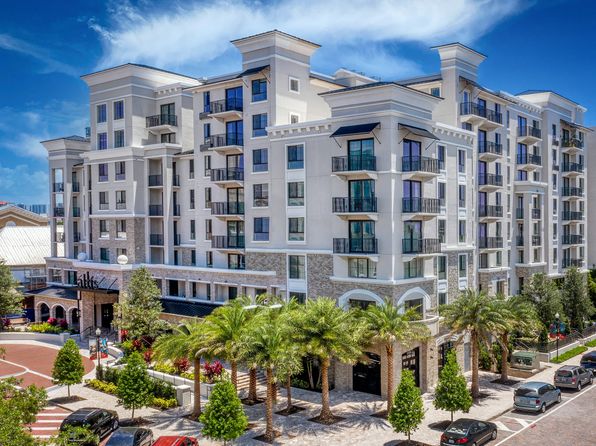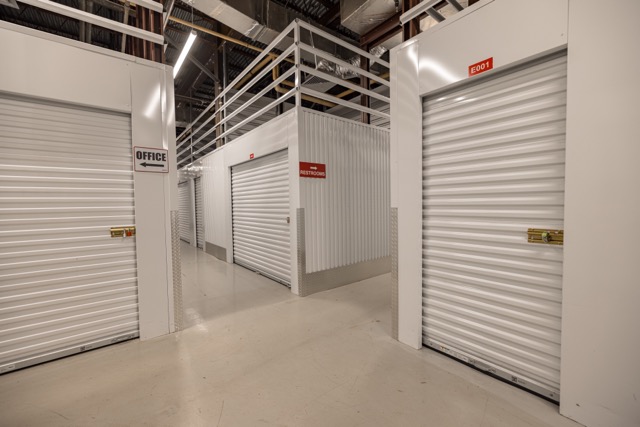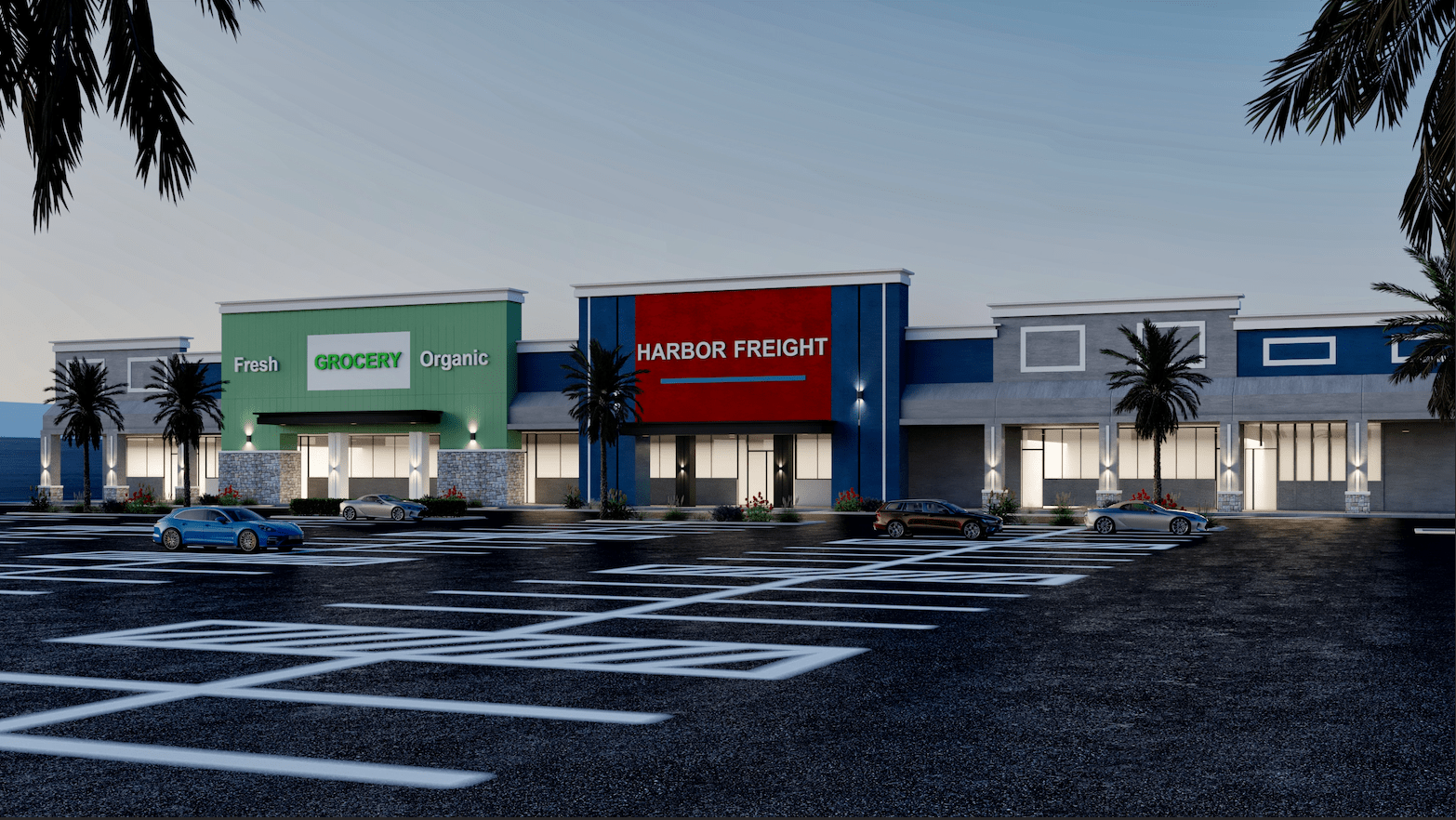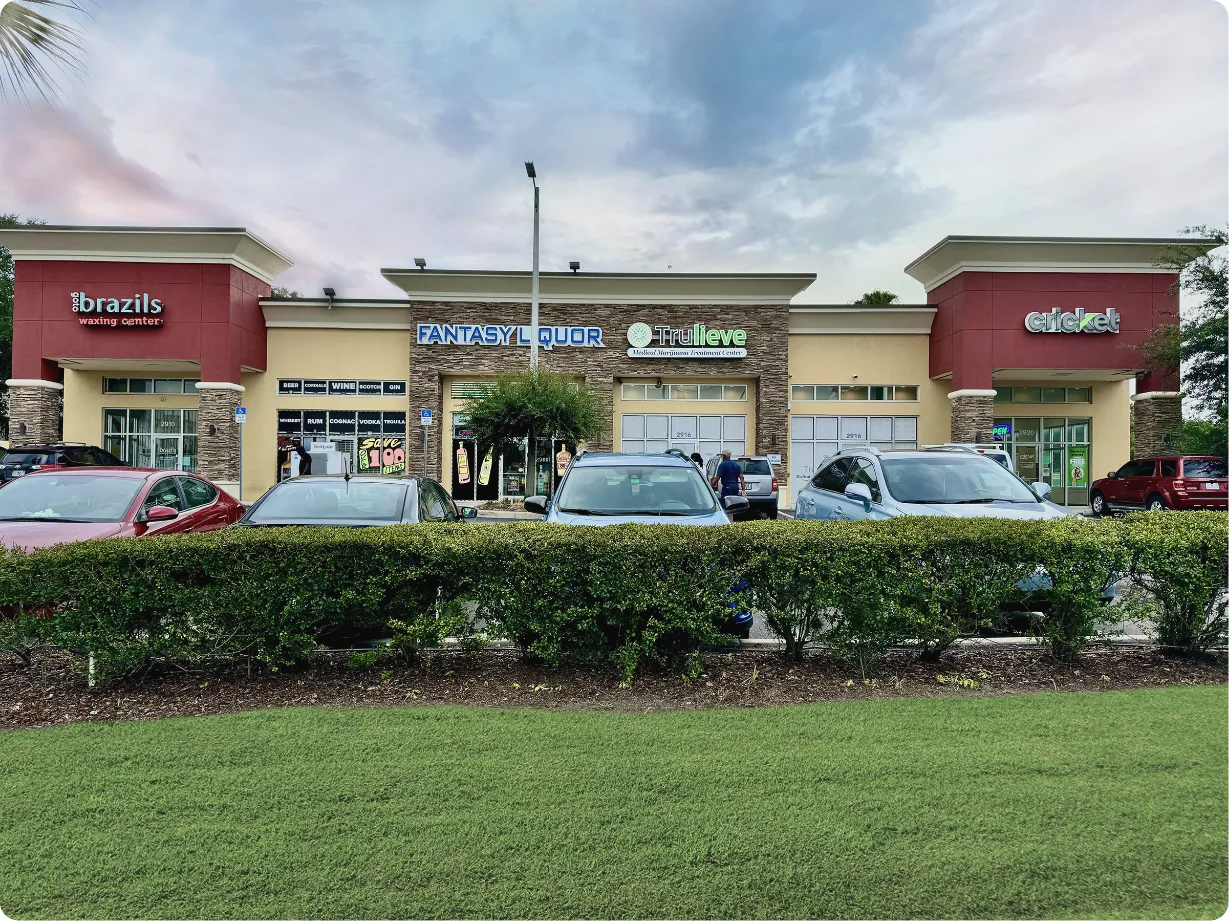A Guide to the Different Types of Properties in Commercial Real Estate
Commercial real estate (CRE) is a broad field that includes a variety of property types, each serving different purposes and offering unique investment opportunities. Whether you’re an investor, business owner, or real estate professional, understanding the distinctions between the various property types is crucial to making informed decisions. In this article, we’ll explore the main categories of commercial real estate properties, their features, and what makes each type unique.
1. Office Buildings
Office buildings are among the most common types of commercial properties. They typically serve as spaces for businesses to operate and conduct administrative functions. Office buildings vary in size, design, and location, but they can generally be classified into three categories based on quality and location:
- Class A: High-quality, modern buildings located in prime areas. They typically offer luxury amenities, state-of-the-art technology, and high-end finishes.
- Class B: Mid-range properties that may be older than Class A buildings but are still well-maintained. They offer less premium amenities but are still functional.
- Class C: Older buildings in less desirable locations that require significant renovation or upgrades.
Types of Office Spaces:
- Single-Tenant Offices: Entire buildings or floors leased to one business.
- Multi-Tenant Offices: Buildings leased to multiple tenants, often with shared amenities and common areas.
Office buildings can be used by law firms, tech companies, accounting firms, or any business that requires administrative or professional spaces.
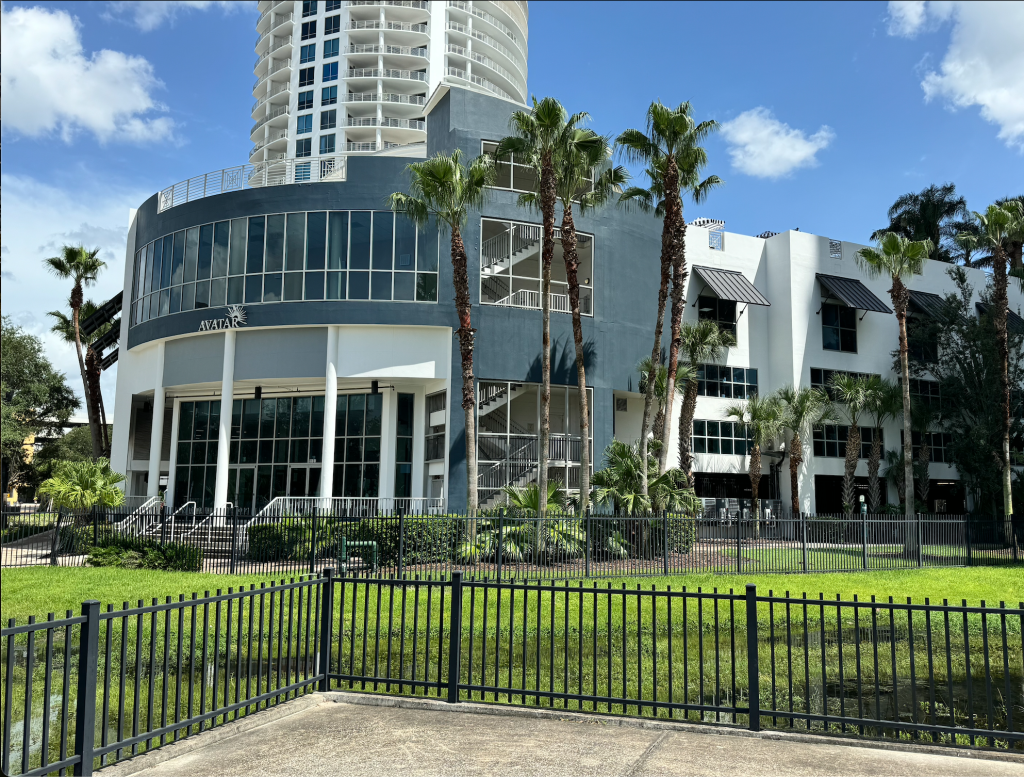
2. Retail Properties
Retail properties are designed for businesses that sell goods and services directly to consumers. These properties can vary greatly in size and form, but they share the common characteristic of being retail-focused. Key types of retail properties include:
- Shopping Centers/Malls: Large retail developments that house multiple stores, restaurants, and sometimes entertainment options. Shopping centers are generally anchored by large department stores or supermarket chains.
- Strip Centers: Smaller retail centers with a row of shops, often including convenience stores, restaurants, or personal service businesses.
- Freestanding Retail: Stand-alone properties, such as fast food restaurants or standalone retail stores like Home Depot, Best Buy, or Target.
- Big Box Stores: Large retail spaces typically occupied by national retailers. These are often seen in suburban areas and are characterized by their large square footage and expansive parking lots.
- Outparcels: Smaller retail locations that are usually positioned in front of or adjacent to a shopping center, offering a visible location for service businesses like banks, dry cleaners, or restaurants.
3. Industrial Properties
Industrial properties are used for manufacturing, production, storage, and distribution. These properties tend to be large and often located in suburban or industrial zones. The main types of industrial properties include:
- Warehouse and Distribution Centers: Used for the storage and distribution of goods, these facilities often feature large open spaces with high ceilings, loading docks, and convenient access to transportation routes.
- Manufacturing Facilities: Designed specifically for production processes, these buildings may include assembly lines, specialized machinery, and equipment. Manufacturing facilities can be further categorized into light manufacturing (for less intensive production) and heavy manufacturing (for industries like steel, chemicals, or automobiles).
- Flex Space: A hybrid between office and industrial space, flex spaces are versatile buildings that can serve both office and industrial uses, often used by businesses requiring light manufacturing or R&D capabilities along with office space.
Industrial properties are crucial for e-commerce, logistics, and the production of consumer goods, making them an essential part of the global supply chain.
4. Multifamily Properties
Multifamily properties consist of residential units that are leased out to tenants. While residential real estate is often viewed as a separate category from commercial real estate, multifamily properties fall under the CRE umbrella due to their income-generating potential. These properties can range from small apartment buildings to large high-rise complexes.
- Low-Rise Apartments: Typically less than four stories, these buildings are common in suburban areas.
- Mid-Rise Apartments: Ranging from five to nine stories, mid-rise apartments are often found in urban areas with limited space for taller buildings.
- High-Rise Apartments: These buildings are 10 stories or more and are commonly found in dense, urban centers.
- Luxury Apartments: High-end multifamily properties that offer premium amenities such as concierge services, pools, gyms, and high-quality finishes.
Multifamily properties are a popular investment choice because they provide steady cash flow through rental income.
5. Hospitality Properties
Hospitality properties include hotels, motels, resorts, and other lodging accommodations. These properties provide short-term lodging and related services to guests and are typically located in high-traffic areas such as tourist destinations, city centers, or along major highways.
- Hotels: Commercial buildings that offer a range of services such as room service, restaurants, conference facilities, and amenities like gyms and spas. Hotels are often categorized by star ratings, from budget options to luxury establishments.
- Motels: Smaller, budget-oriented establishments that are typically located near highways and cater to travelers seeking affordable overnight accommodations.
- Resorts: Large, leisure-focused properties offering extended stays, recreational activities, and high-end services. Resorts are often found in vacation destinations or scenic locations.
- Extended-Stay Hotels: Catering to travelers who need accommodations for weeks or months, these hotels offer more home-like amenities such as kitchenettes and living areas.
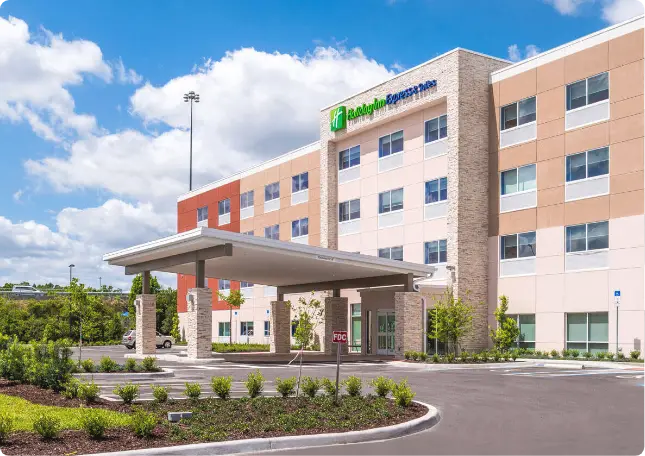
6. Specialty Properties
Specialty properties are unique and serve specific business purposes. These can range from healthcare facilities to entertainment venues, and each requires specialized designs and infrastructure. Some examples include:
- Healthcare Properties: Hospitals, medical office buildings, and assisted living facilities. These properties require compliance with health and safety regulations and often include specialized equipment and layouts.
- Recreational and Entertainment Facilities: Properties such as sports complexes, theaters, and amusement parks. These properties typically cater to a specific public or recreational interest.
- Self-Storage Units: Small, secure units for individuals or businesses to store personal items, inventory, or equipment. These properties are often located in residential or light industrial areas.
Conclusion
The world of commercial real estate is diverse, with a broad range of property types each serving different industries and tenant needs. Whether you’re interested in investing in retail properties, leasing office space, or managing industrial facilities, understanding these categories is essential to making well-informed decisions. Each property type comes with its own set of risks, rewards, and market dynamics, so knowing the distinctions can help you navigate this complex and rewarding sector of the real estate industry.

